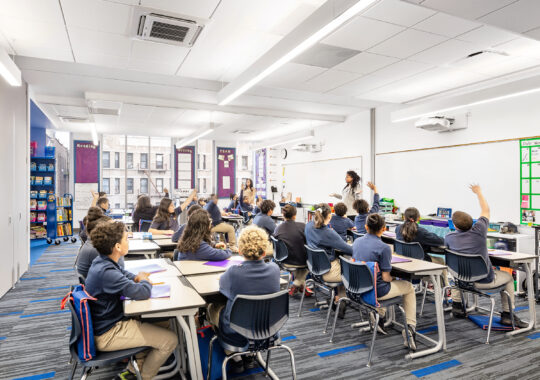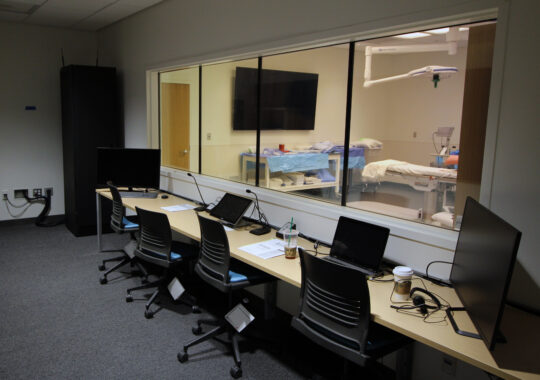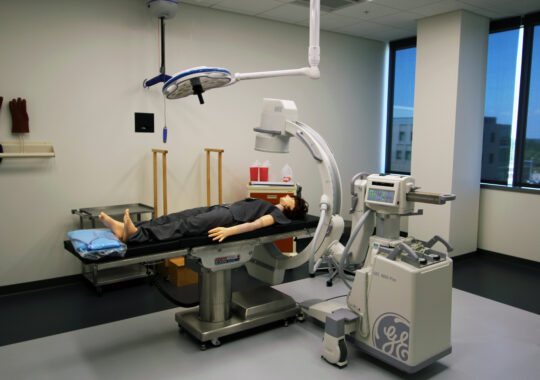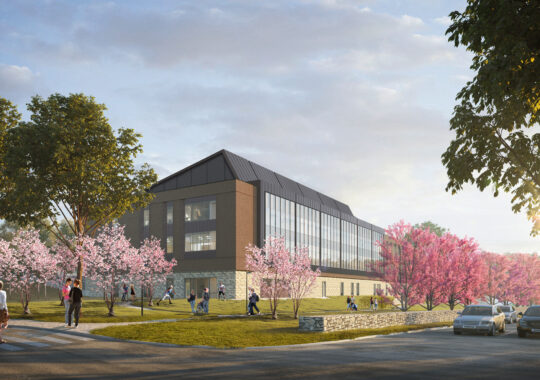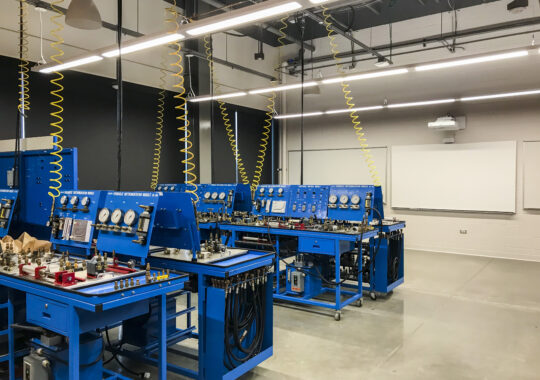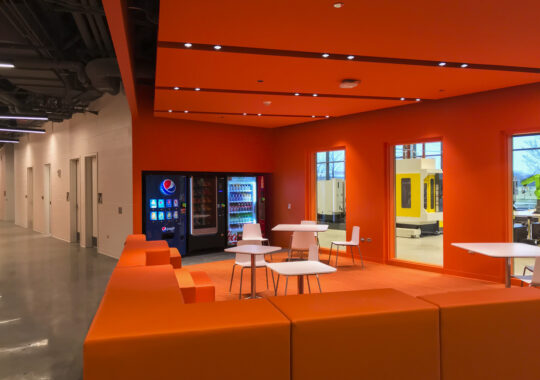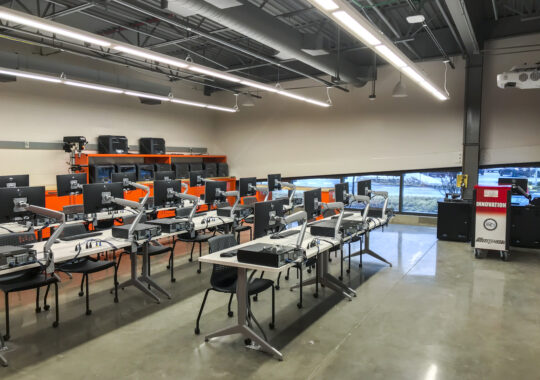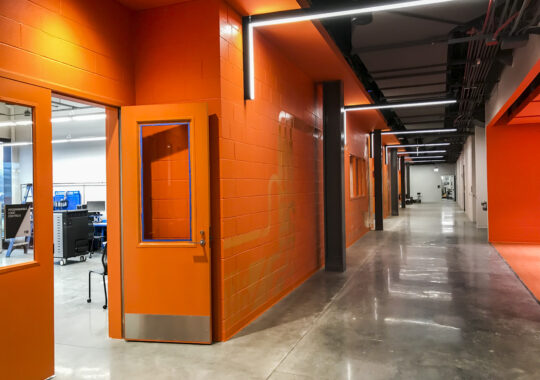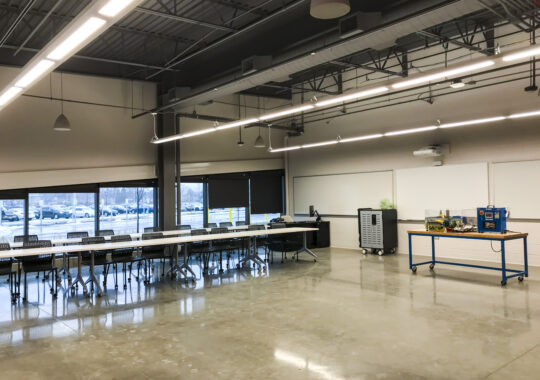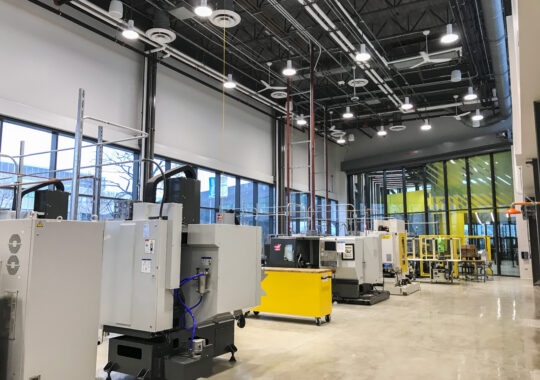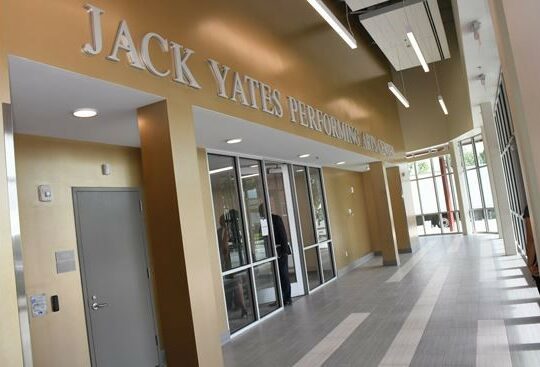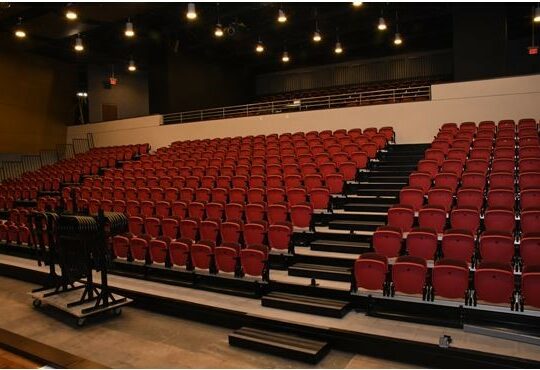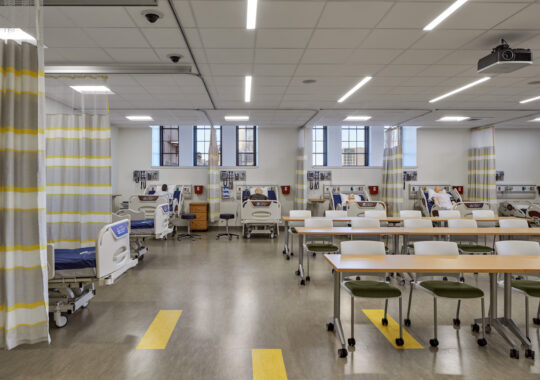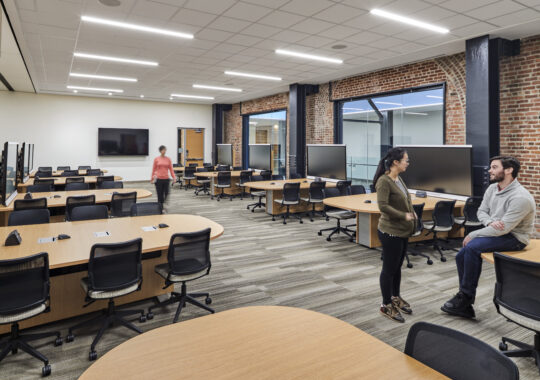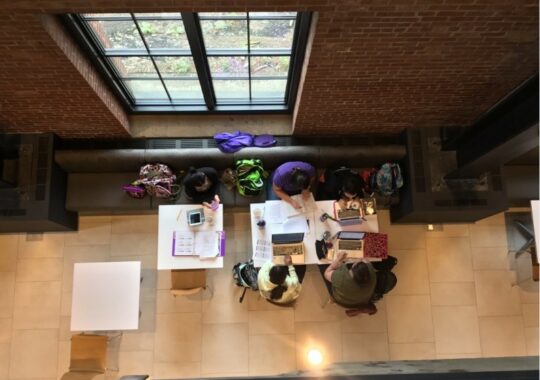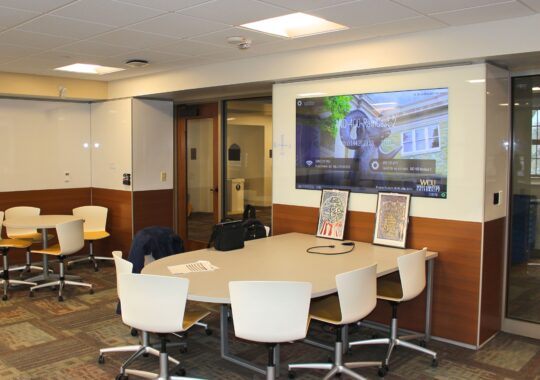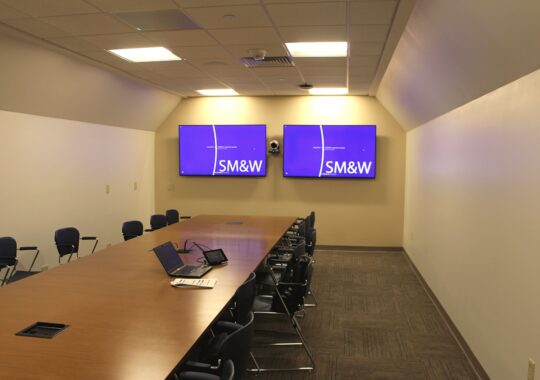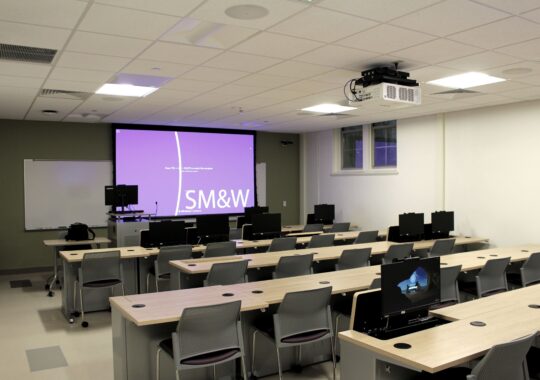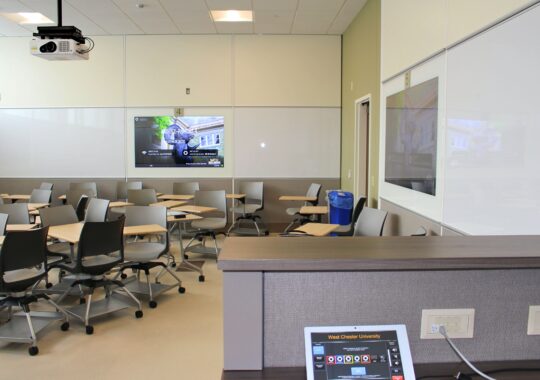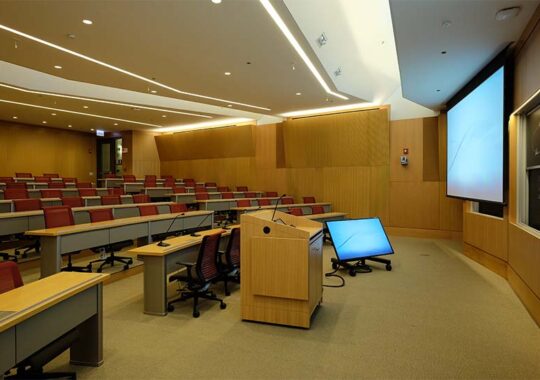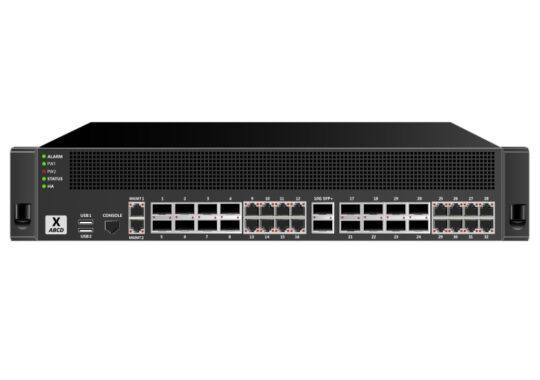Given the current pandemic, life as we know it has changed. From corporate environments to fitness centers, we have seen a massive shift to a remote workforce and many distant engagement strategies. This is especially noticeable in the education sector, where new norms are being set.
Looking at K-12 school districts across the country, many schools are scrambling to facilitate remote learning for its students, with some even calling it quits on the school year. However, there are many bright stars in the educational domain that have developed strategies for students to do homework and conduct extended learning outside the classroom before this was a necessity. Instructors have embraced the opportunity to engage students at multiple levels, rendering these districts able to make a rapid change to quality remote learning. The difficulty, even for many of these prepared school districts, is bringing their instructors into the new realm of conducting classes and managing on-line students on a daily basis. With some adjustment to this change in teaching style, the hurdles are overcome relatively easily, and learning is continuing. To those schools, I say BRAVO! For other school districts, the challenges have been nearly insurmountable as the faculty and administration scramble to find some sense of direction. In some cases, the results are meager at best.
In our Colleges and Universities, the trend for some time has been focused on finding means to accomplish a collaborative, remote learning environment through the use of technology and curriculum. The initial development of online learning was largely a financial consideration to expand the size of the classroom. Many of these endeavors have failed. The financial incentive to develop a fully online learning experience simply was not identified and developed. There have been a number of upper educational facilities, however, that have been iconic in their ability to develop and manage primarily online experiences that have been well received and are financially viable, while serving students.
The problem for many institutions has been their ability to find a financial methodology to make such classes viable. Due to this, most colleges and universities use Distance Learning as an augmentation of the classroom. Those who have been held as the leaders in this effort, have developed curriculum and pedagogies that bridge the chasm between in class learning and remote collaboration. Based on the change of our world, the need to provide students with such an experience is no longer a ‘nice option to have’ experiment. The technology exists, students have a need, and campuses must implement viable options for their very existence.
Technology IS the means to the end here. It’s no longer a luxury; it is a part of the fabric of our life. However, technology in the hands of untrained or unwilling instructors is of little value. Students are ready, they are eager to use technology, and it is what they know. If they cannot access technology, inclusive of education and online learning, they see failure in the educational process. Contrast this with sizable percentages of faculty that still simply have not used some of the basic technologies that might be needed to conduct online learning courses. The current scramble to develop an online solution translates to strains on IT support staff and resources as faculty try to build and manage online courses under the gun. This also puts students at risk of losing. Some cases are arising in which specialized software and tools that may not be approved by the institution and that have not been previously utilized by the instructor or students are being pressed into action without trials or tests to determine the capability of the instructor nor the capabilities of the tools to manage course work as needed. This may be especially true for course work that requires specialty software that may employ laboratory or studio spaces as part of the classroom experience.
This all causes forced experimentation between technology and instruction. The end result is that many faculty members are unprepared or under-prepared to assume the immediate challenge of creating quality online learning experiences for students. The end result is an overwhelming number of available resources to help instructors, while students are seeking results.
Let’s find time to approach the new norm with an eye to the long term. Tools that fit the current needs exist but need to be evaluated. Instructors need to adapt and learn, just as our students do. For those that have embraced this eventuality, I am confident they will become iconic – and for good reason! For the rest, lets draw from those that have already started down this path and adapt so that we can overcome and quickly get back to teaching and learning. The tools are there! They simply need to be used.




